Art World
A Historic Arts and Crafts Estate With a Storied Past Hits the Market
The estate has been described as an “ultimate bungalow,” and with good reason.
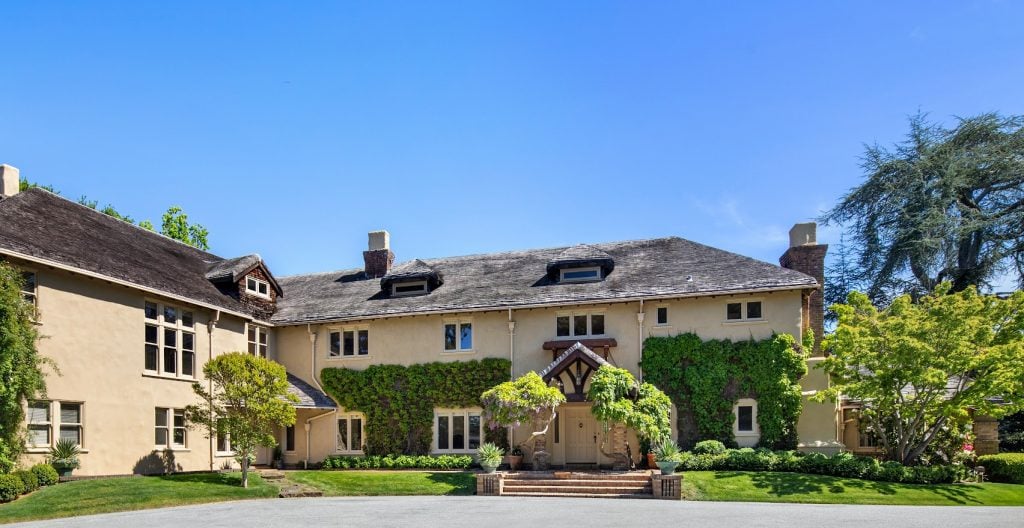
Green Gables, a picturesque country estate near Silicon Valley, is back on the market with a price tag of $110 million.
Located in the town of Woodside, California, Green Gables comprises seven separate residences with a combined surface area of 23,900 square feet, and 34 bedrooms and 26 bathrooms among them. Also part of the estate, which spans 74 acres, are a tennis court, vegetable and flower gardens, three swimming pools, a 100-plus yard Roman-style reflecting pool with columns and arches, and water rights to the adjacent Kings Mountain.
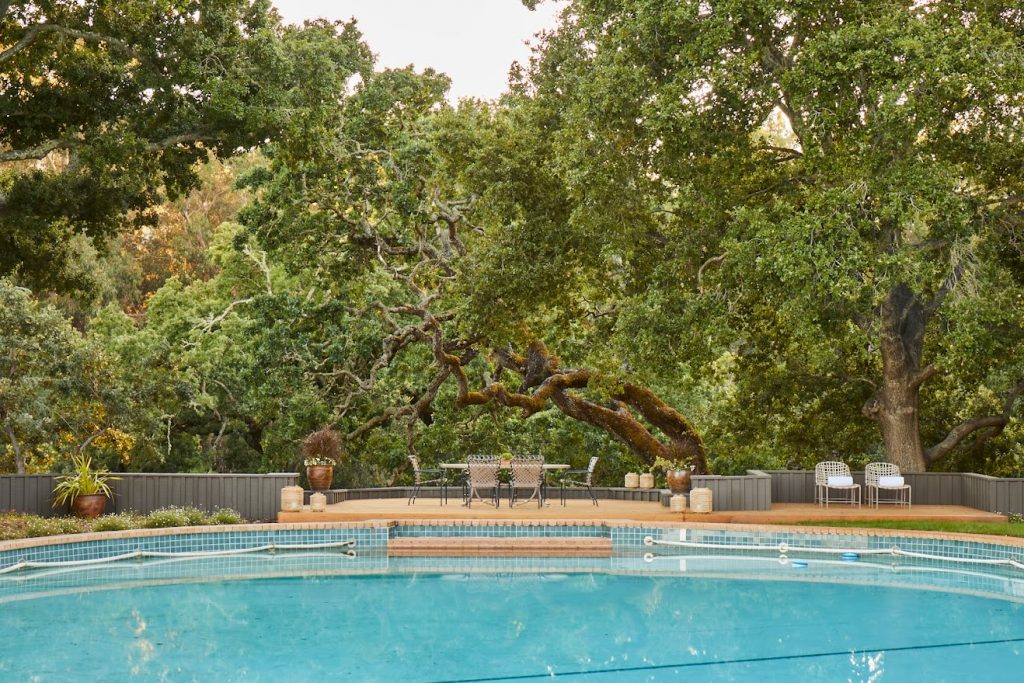
Green Gables. Photo courtesy of TopTenRealEstate.
Green Gables, not to be confused with a similarly named historic estate on Canada’s Prince Edward Island or the mid-century modern subdivision in Palo Alto, has a long history. Its original owner, who built it between 1911 and 1935, was businessman Mortimer Fleishhacker, Sr., who, as co-founder of the Anglo-California Bank and the Great Western Power Company, used Green Gables as a summer retreat from his working life in San Francisco.
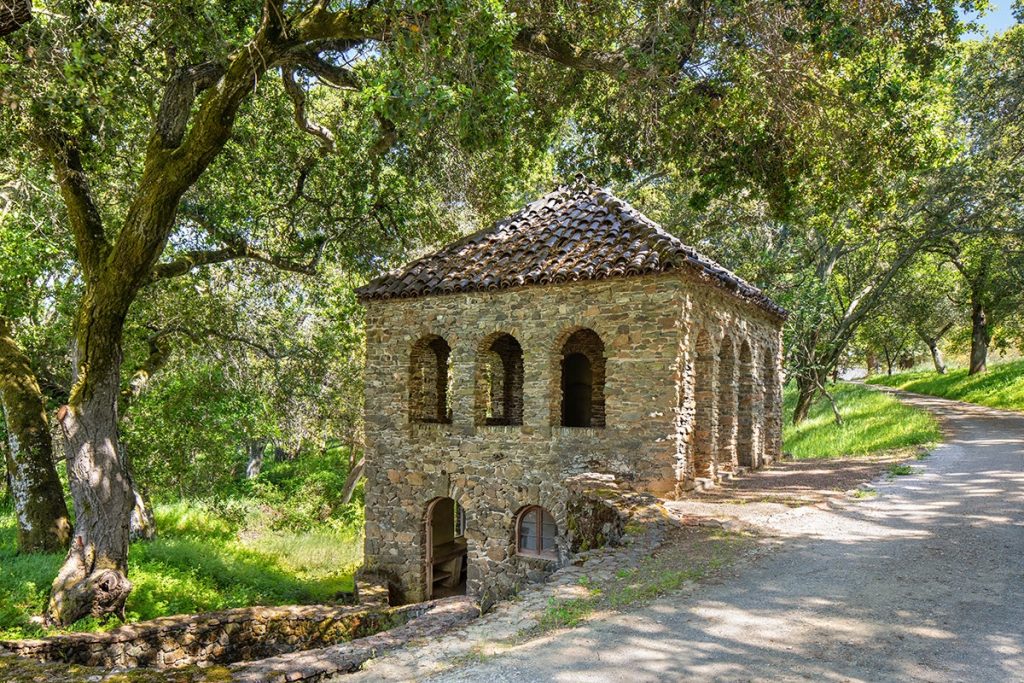
Green Gables. Photo courtesy of TopTenRealEstate.
The estate remained in the Fleishhacker family after Mortimer’s passing in 1953, his relatives expanding the property to its current state. Before Green Gables entered the market, some of the residences were rented to wealthy tenants like disgraced Theranos CEO Elizabeth Holmes, who stayed at Woodside between 2021 and 2022.
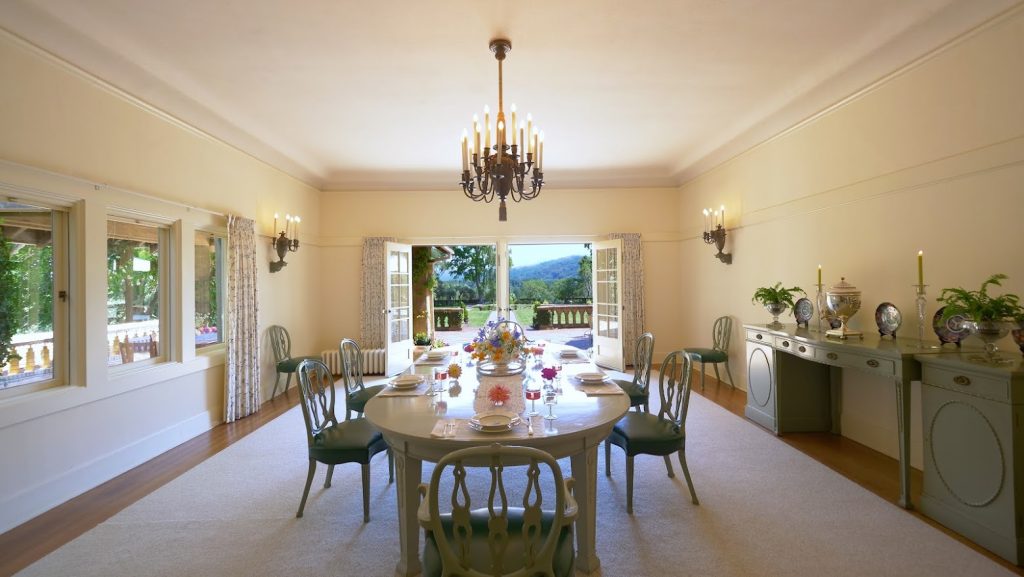
Green Gables. Photo courtesy of TopTenRealEstate.
One of the most stunning aspects of Green Gables, which was placed on the National Register of Historic Places in 1986, is its architecture. Created by the renowned architects Charles and Henry Greene, the estate has been described as an “ultimate bungalow,” and with good reason. The brothers were influential figures in the American Arts and Crafts Movement, a 20th-century artistic current that rejected industrial mass production in favor of personable craftsmanship.
“The whole construction was carefully thought out and there was a reason for every detail,” said Henry Greene. “The idea was to eliminate everything unnecessary, to make the whole as direct and simple as possible, but always with the beautiful in mind as the final goal.”
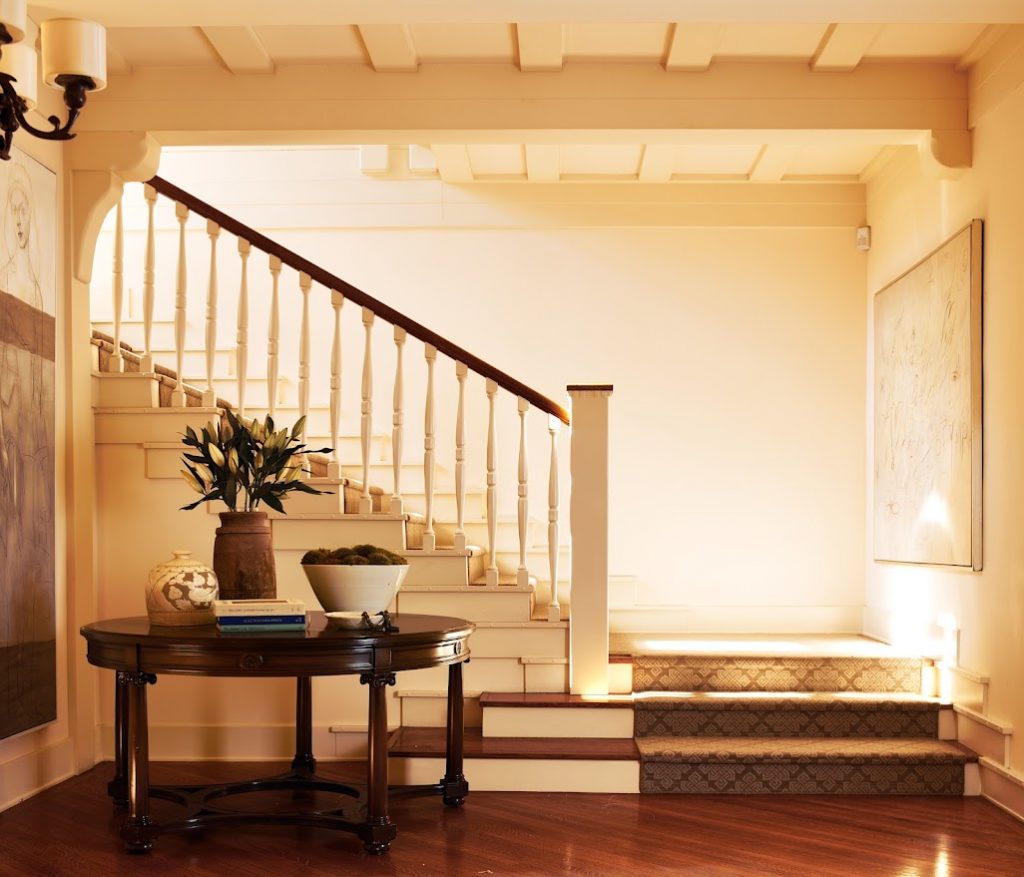
Green Gables. Photo courtesy of TopTenRealEstate.
In architecture, this ideal translated into an obsession with the traditional American cottage or cabin. For Green Gables, the Greenes reimagined this type of home—often built with the owner’s own two hands—as a modern villa capable of satisfying the manifold needs of a tycoon like Fleishhacker.





